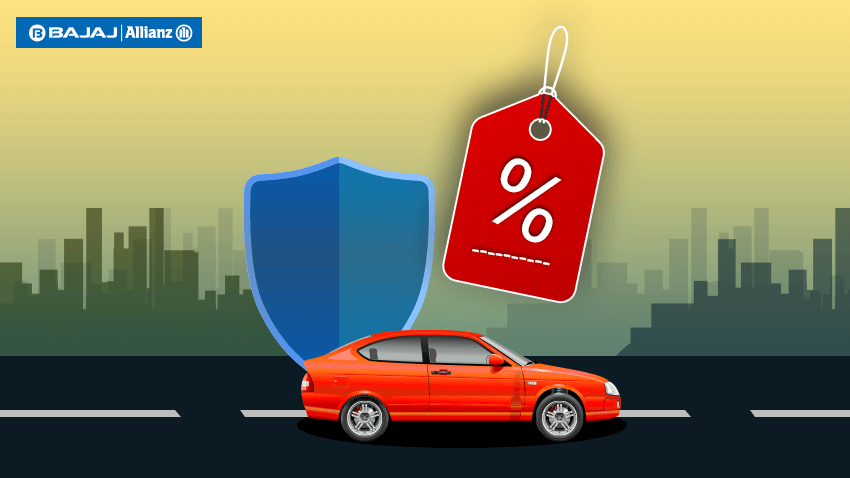When buying a new vehicle, its registration is a mandatory requirement to legally drive on the roads. But the registration procedure also requires you to compulsorily purchase an insurance cover. This requirement is in addition to the Motor Vehicles Act of 1988 that makes it a legal requirement to have a vehicle insurance policy. Hence, the vehicle insurance policy is something that cannot be skipped or ignored.
Selecting the right motor insurance is essential for compliance with the statute, as well as the benefits it offers. For such a reason, you need to make sure you choose the right
vehicle insurance policy right from the start. Two types of insurance covers can be bought, which can be either a third-party plan or a comprehensive policy. Among the two, a third-party policy is the one that offers cover for legal liabilities due to others. Hence it is the bare minimum coverage required by all vehicle owners. Further, its premiums are also governed by the regulator, the Insurance Regulatory and Development Authority of India (IRDAI).
However, a comprehensive plan is an optional plan that offers own damage cover along with third-party liability coverage. Factors like the vehicle’s model, cubic capacity, age of the vehicle, fuel type, type of registration (private or commercial), IDV, and many more are the ones that decide the premium for such plans. In addition, the geographical location of registration is one critical factor that impacts the premium. This is due to the varying risks that vehicles are exposed to in different parts of the country.
Differential pricing of premiums in different zones
Be it a two-wheeler or a
four wheeler insurance plan, the insurance premiums are based on two zones—Zone A and Zone B. Zone A includes eight metro cities, which are Mumbai, Delhi, Chennai, Hyderabad, Bangalore, Kolkata, Ahmedabad, and Pune. On the other hand, the rest of India is categorised in Zone B. Since the metro cities have a larger number of vehicle registrations, high density of population and traffic congestions, there is a higher risk that these vehicles face inherently. Thus, the premium in these eight regions is priced higher than in other parts of the country. Also, apart from the above factors, there is a higher risk of theft and damages that is instrumental for such an increased premium.
Further, each such zone is divided into three categories, based on the cubic capacity of the engine and the vehicle’s age: less than five years, five years to 10 years and above 10 years. For the cubic capacity, the categories are less than 1000 CC, 1000 CC to 1500 CC and above 1500 CC. The table below summarises the own-damage premium for a 4-wheeler as well as a
two wheeler insurance policy. These premiums are charged as a percentage of the insured declared value (IDV) and are as follows:
Own-damage cover premiums in Zone A
| Cubic Capacity
Age of the Car |
Cubic capacity lower than 1000 CC |
Cubic capacity between 1000 CC to 1500 CC |
Cubic capacity greater than 1500 CC |
| Not more than 5 years |
3.127% of IDV |
3.283% of IDV |
3.440% of IDV |
| 5 years to 10 years |
3.283% of IDV |
3.447% of IDV |
3.612% of IDV |
| More than 10 years |
3.362% of IDV |
3.529% of IDV |
3.698% of IDV |
Own-damage cover premiums in Zone B
| Cubic Capacity
Age of the Car |
Cubic capacity lower than 1000 CC |
Cubic capacity between 1000 CC to 1500 CC |
Cubic capacity greater than 1500 CC |
| Not more than 5 years |
3.039% of IDV |
3.191% of IDV |
3.343% of IDV |
| 5 years to 10 years |
3.191% of IDV |
3.351% of IDV |
3.510% of IDV |
| More than 10 years |
3.267% of IDV |
3.430% of IDV |
3.596% of IDV |
*Standard T&C Apply
Thus, due to the different engine capacities and the varying risk faced in different regions, the premiums differ from other parts of the country. Insurance is the subject matter of solicitation. For more details on benefits, exclusions, limitations, terms and conditions, please read sales brochure/policy wording carefully before concluding a sale.
 Service Chat:
Service Chat: 

